Wrapping up 2021: Annual Crop Review
Farm Manager Andy Jones summarizes the highs and lows of our recent growing season.
With the 2021 outdoor growing season in the rearview mirror, I can say I am grateful that Intervale Community Farm was able to have a fairly normal year, despite ongoing adaptation to the COVID-19 pandemic. Seeing members picking strawberries, cutting flowers, chatting with farmers, was a happy sight after 2020. The busy sandbox and plastic-car traffic jams in the courtyard were a big emotional lift. Thank you all for sticking with ICF through a challenging and uncertain time; your enthusiasm and support have been a big lift to the staff and board.
As usual some crops did very well: strawberries (remember those?) were the best we’ve seen in a decade, with good productivity, a longer season, and excellent quality. Onions were well above average, and the flowers were beautiful and bountiful. Our aim to extend the picking windows for cucumbers and peppers bore fruit, churning out fruit for long stretches of the summer. Going into winter share 2021-2022, we have full stores of nearly all of our storage roots and such, with baby greens, kale, and herbs, all looking good.
While some crops did well, others flirted with or fully embraced failure. We struggled with many of our “B” crops this year: basil, beans, broccoli, and Brussels sprouts. I could tell you a long and sad tale about each of them, but the common thread through all were insects and/or weather. ICF saw more insect pressure overall than any other season in recent memory, and wetter summers and autumns always foster foliar diseases.
Share values for our 2021 summer share and 2020-2021 winter share were right around our targets. Though these analyses are only reflective of the aggregate experience, not the individual share that you selected off of the tables and out of the fields, it does show some relationship to the wider produce pricing arena. The following charts show the sticker price of a full-price share in blue, with the additional value of produce beyond that price in red. For the summer share this includes a portion of the pick-your-own crops, as many people do not pick all of the available PYO.





